Toyota bz4X SUV is the marque’s first pure electric vehicle
The Toyota bz4X is our first chance to explore how the long-standing masters of mass automobile production make an EV
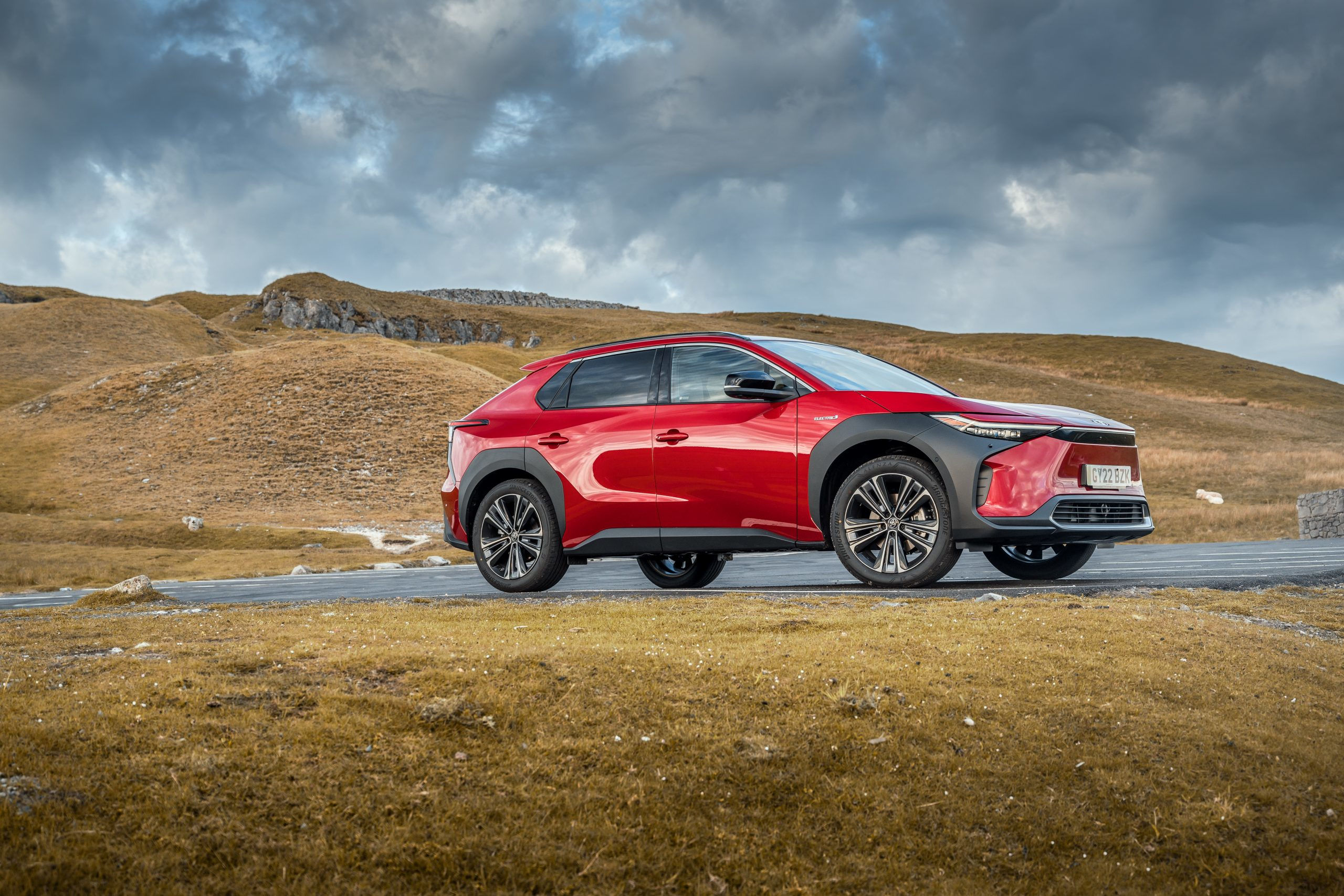
All eyes are on the Toyota bz4X – the marque’s first all-new electric vehicle (there is no hybrid or ICE alternative) – to see how this most innovative of brands has tackled the issues around electrification. The short answer is that it hasn’t really done anything different to its rivals. Unlike with hybrid powertrains, a category Toyota created and ruled for decades, it’s late to the EV game. The Japanese manufacturer’s vast portfolio is subtly chopped and changed depending on local market conditions (much like McDonald’s), and although it seems a bit lumbering at times, once it’s got the basics right it swiftly moves to create a category killer.
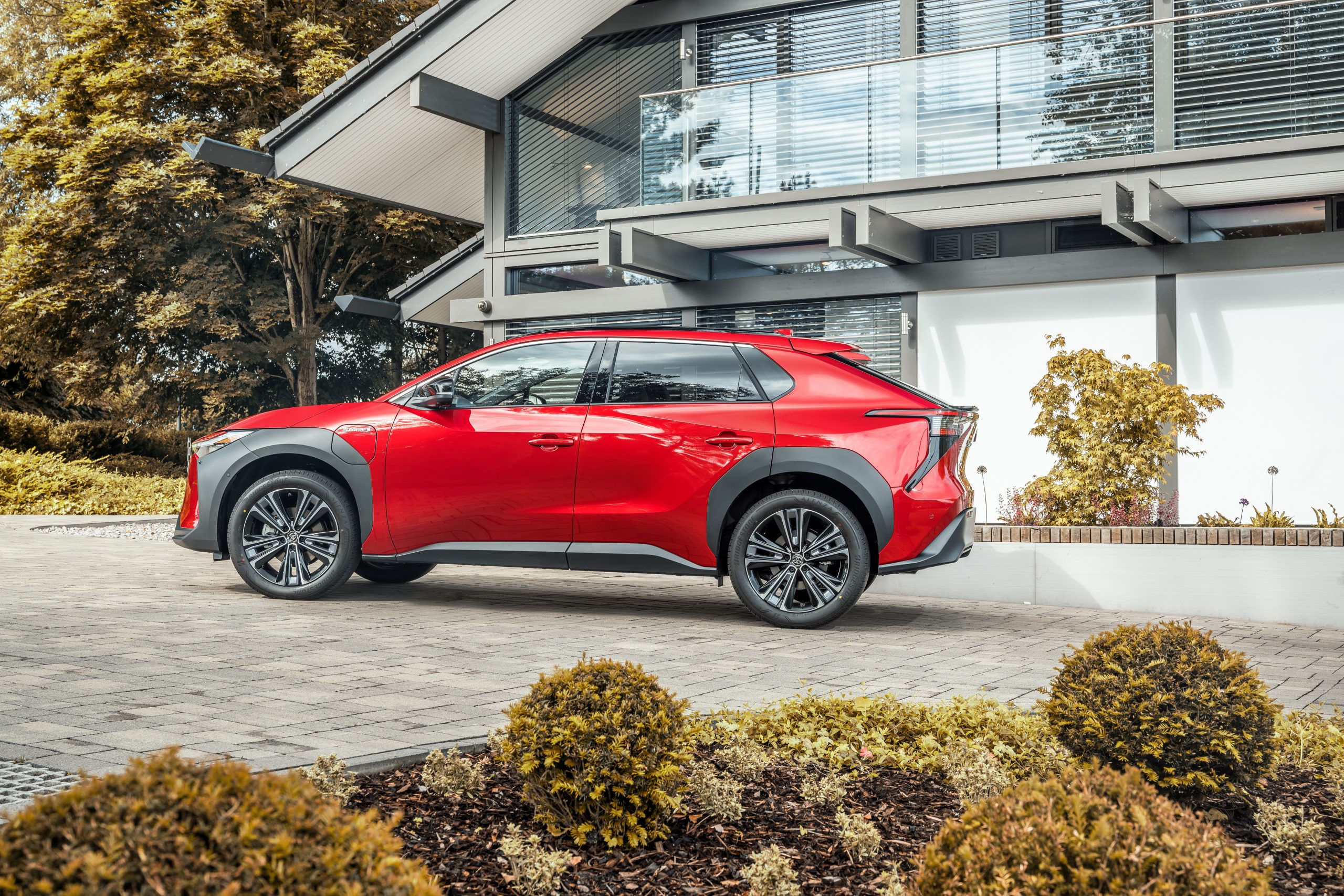
That’s not to say the bz4X is bad or even sub-standard. By any metric, it’s as good a mid-sized electric SUV as you can get these days – a sector that’s oversubscribed and aesthetically unambitious. Under the skin it’s closely related to the Subaru Solterra and Lexus RZ – the economies of scale must work hard to keep EV costs down.
Toyota bz4X electric SUV: a solid first step
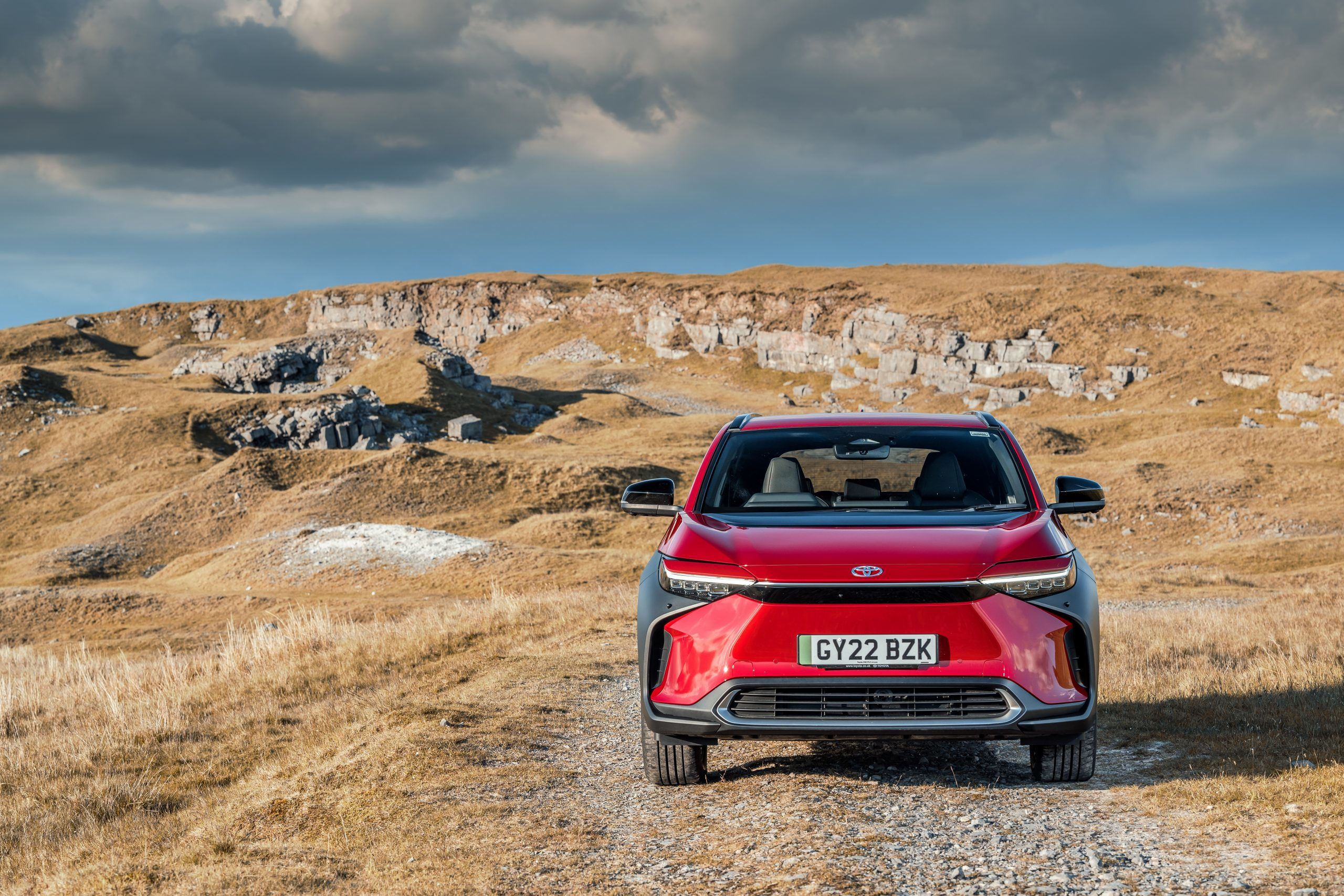
The Toyota also shares the Subaru’s chunky plastic wheelarches, a visual element that’s also common with the two smaller Toyota models it has the most affinity with, the new C-HR and the Aygo X (a hybrid and combustion-powered car respectively). This trio represents a perfect expression of the modern small to medium-sized SUV, practical family cars with no airs and graces, good levels of kit and durable, dependable engineering.
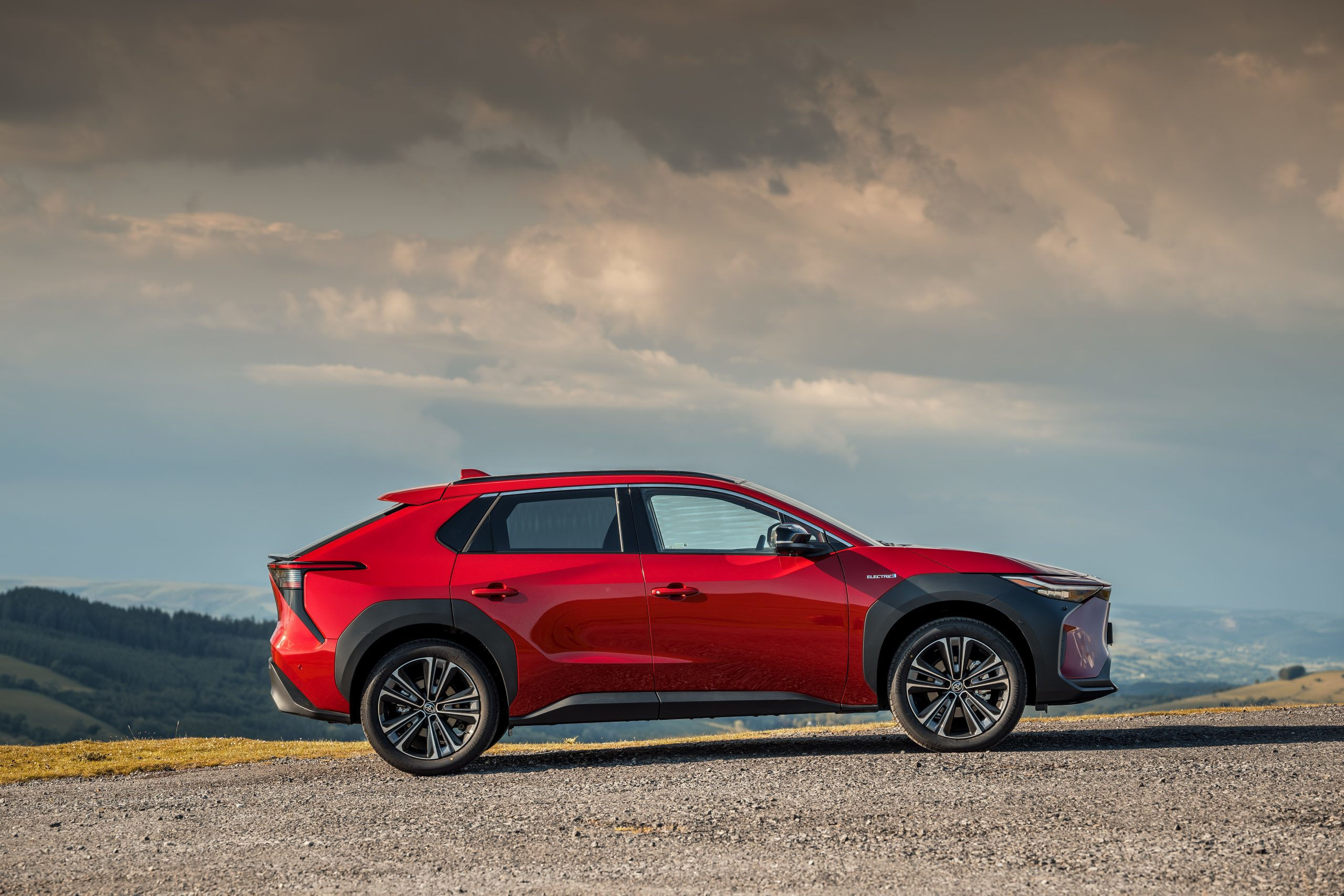
As the largest of the three, the bz4X also has the best claim to off-roading ability. It’s available with two- or four-wheel drive, but the latter sacrifices a bit of range (up to 318 miles versus 286 miles). As ranges go, it’s decent but not outstanding, and you’ll spend most time in ‘Eco’ mode, trying to eke out the maximum. The electric platform is Toyota’s new eTNGA modular architecture, which we’ll see crop up more and more as moves to full electrification gather pace.
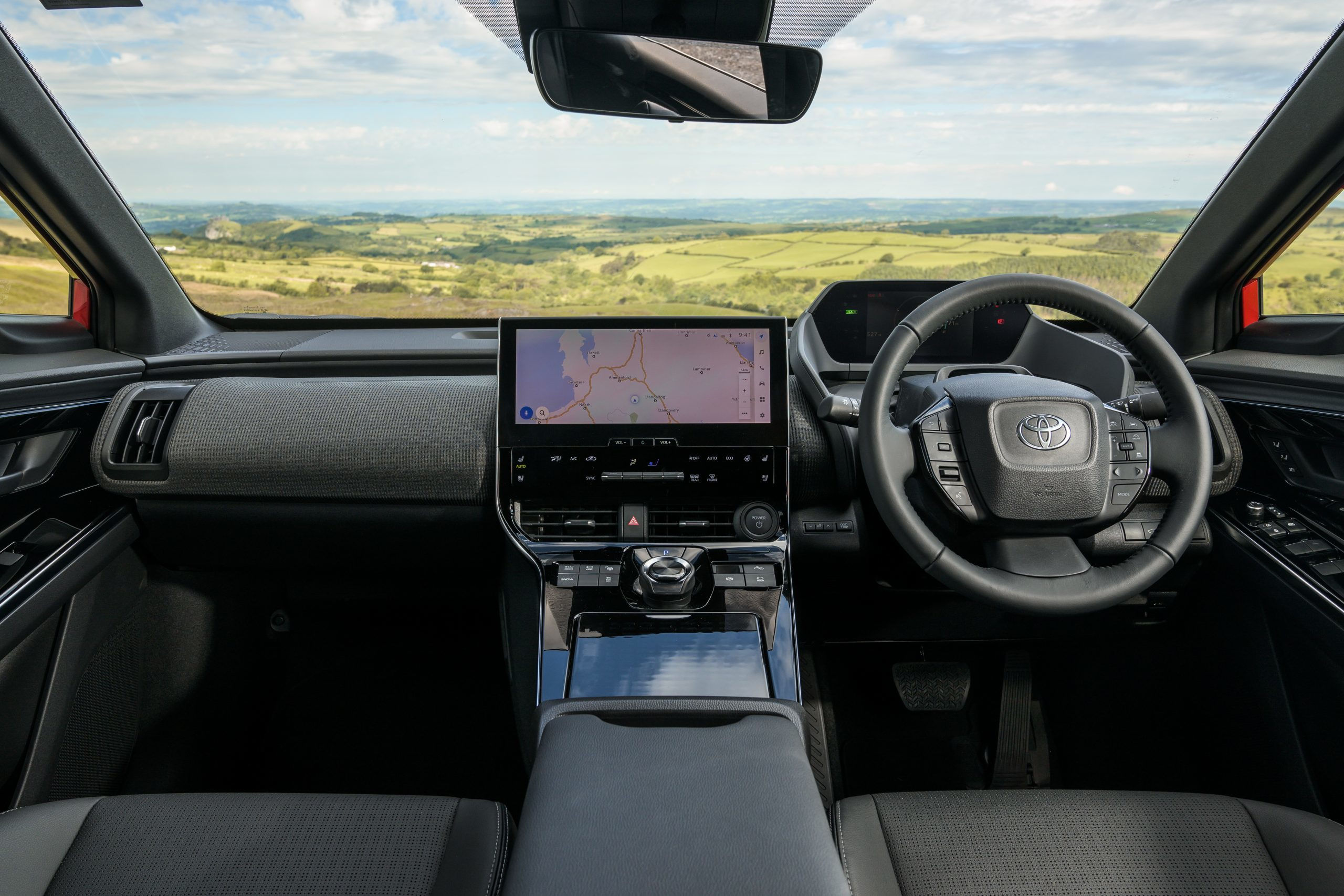
The other thing that sets the bz4X apart is its long anteater-like nose, sculpted sides and animalistic rear haunches. Whilst it’s never been renowned for the visual elegance of its vehicles, Toyota is often capable of being wilfully different, and this is one of those times. Inside, the bz4X is very similar to the Solterra, right down to the driver’s instrument binnacle and the steering wheel, whilst the Lexus is a little bit more premium (and can be had with a yoke, not a wheel).
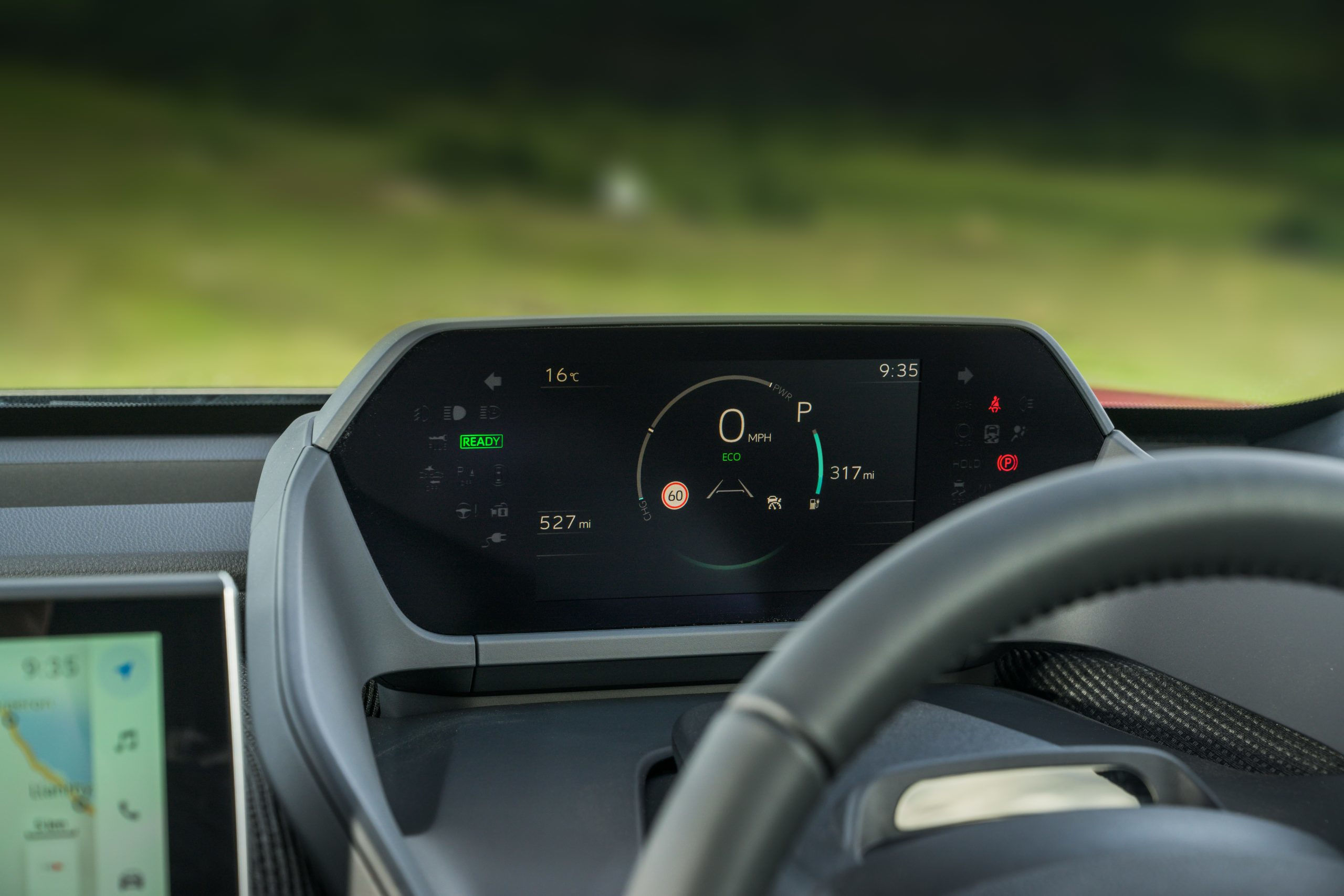
It's also a very easy car to live with, practically sized, ergonomically unthreatening and very well put together. Toyota’s quality control is still legendary, and it has pitched itself headfirst into the debate about EV longevity by offering a guarantee that the battery will hold at least 70 per cent of its capacity after ten years or a million kilometres.
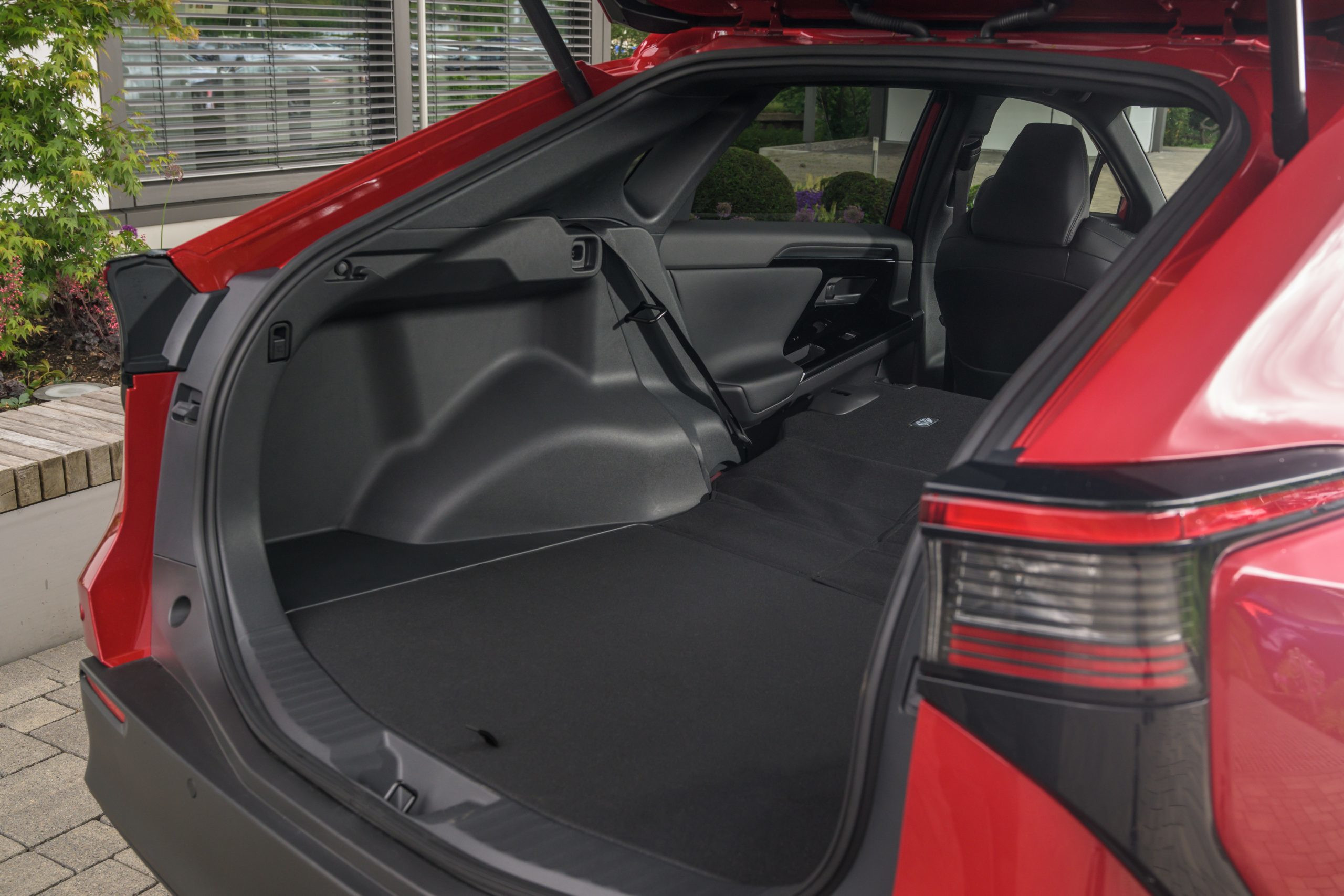
The Toyota bz4X is effectively a blank slate in terms of image. If you want a Toyota with character, go for something like a Land Cruiser, a new version of which was previewed at the 2023 Japan Mobility Show. On the other hand, many people are more than happy to trade self-conscious quirks for no-nonsense reliability.
Wallpaper* Newsletter
Receive our daily digest of inspiration, escapism and design stories from around the world direct to your inbox.
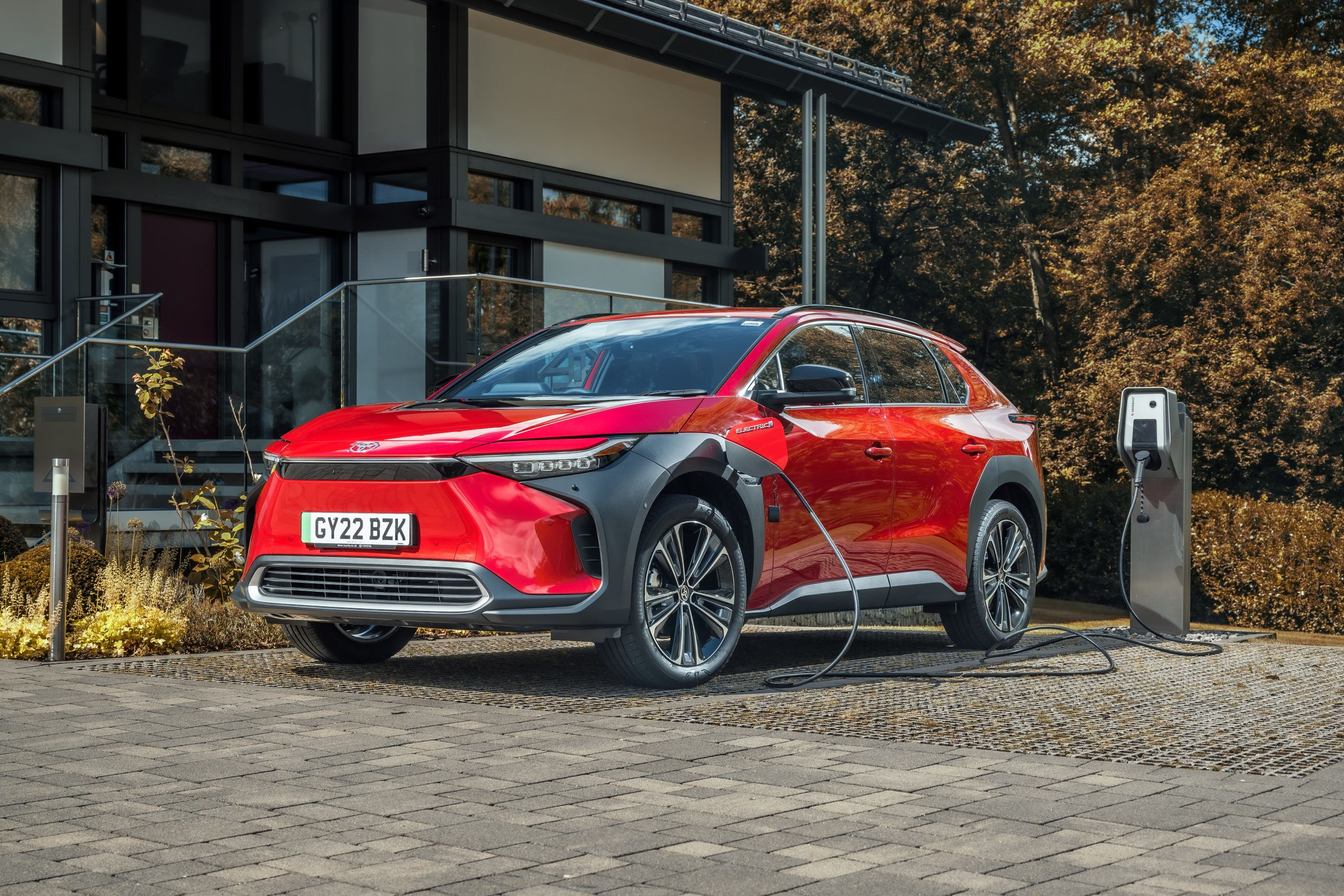
Perhaps what Toyota really needs to make is the EV equivalent of the Prius, a model that has sold over six million examples across five generations. Toyota has set 2035 as its target year for a 100 per cent Zero Emission fleet. We think the bz4X is a solid first step on a long journey.
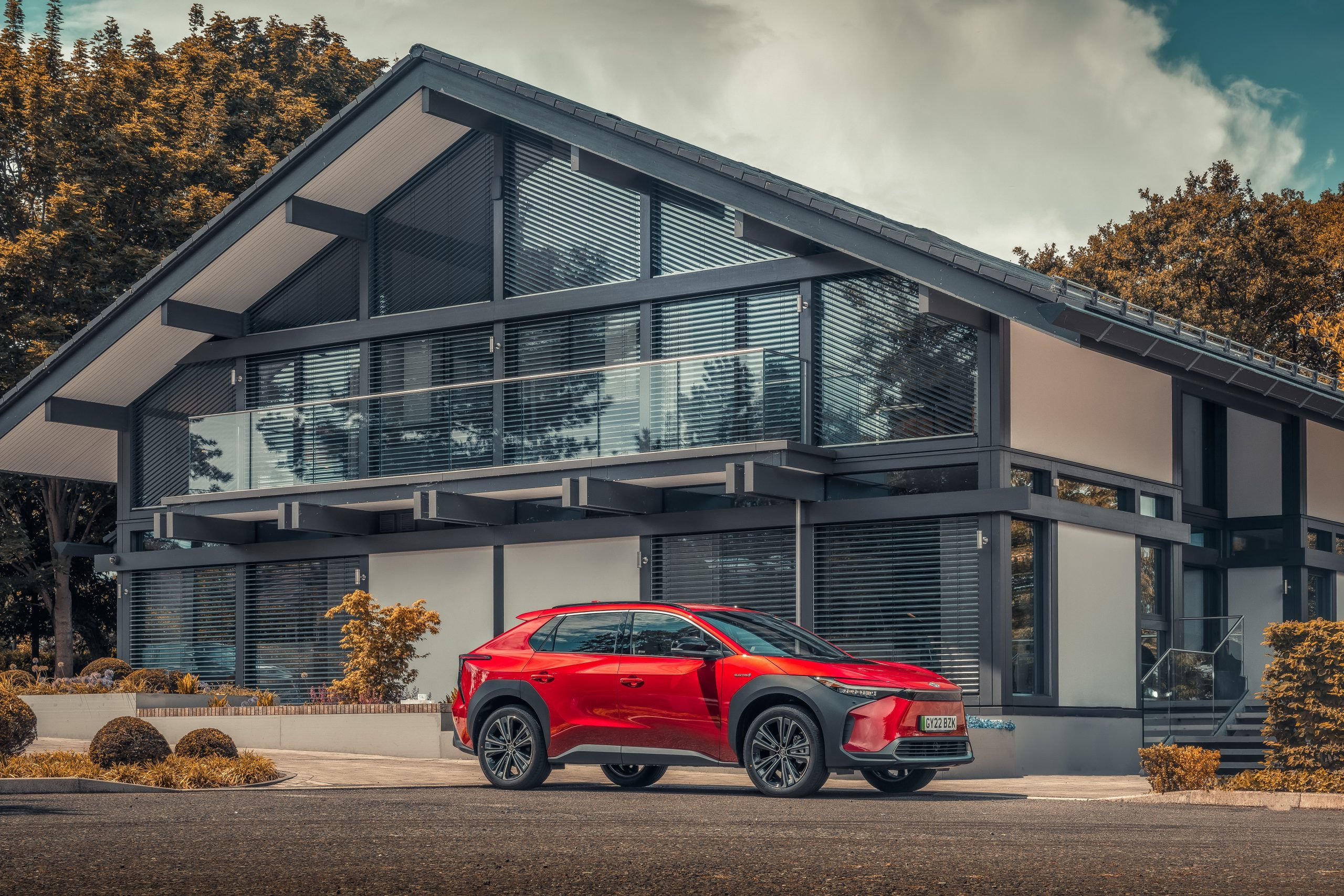
Toyota bz4X, from £42,860, Toyota.co.uk, @ToyotaUK
Jonathan Bell has written for Wallpaper* magazine since 1999, covering everything from architecture and transport design to books, tech and graphic design. He is now the magazine’s Transport and Technology Editor. Jonathan has written and edited 15 books, including Concept Car Design, 21st Century House, and The New Modern House. He is also the host of Wallpaper’s first podcast.
-
 A stripped-back elegance defines these timeless watch designs
A stripped-back elegance defines these timeless watch designsWatches from Cartier, Van Cleef & Arpels, Rolex and more speak to universal design codes
By Hannah Silver
-
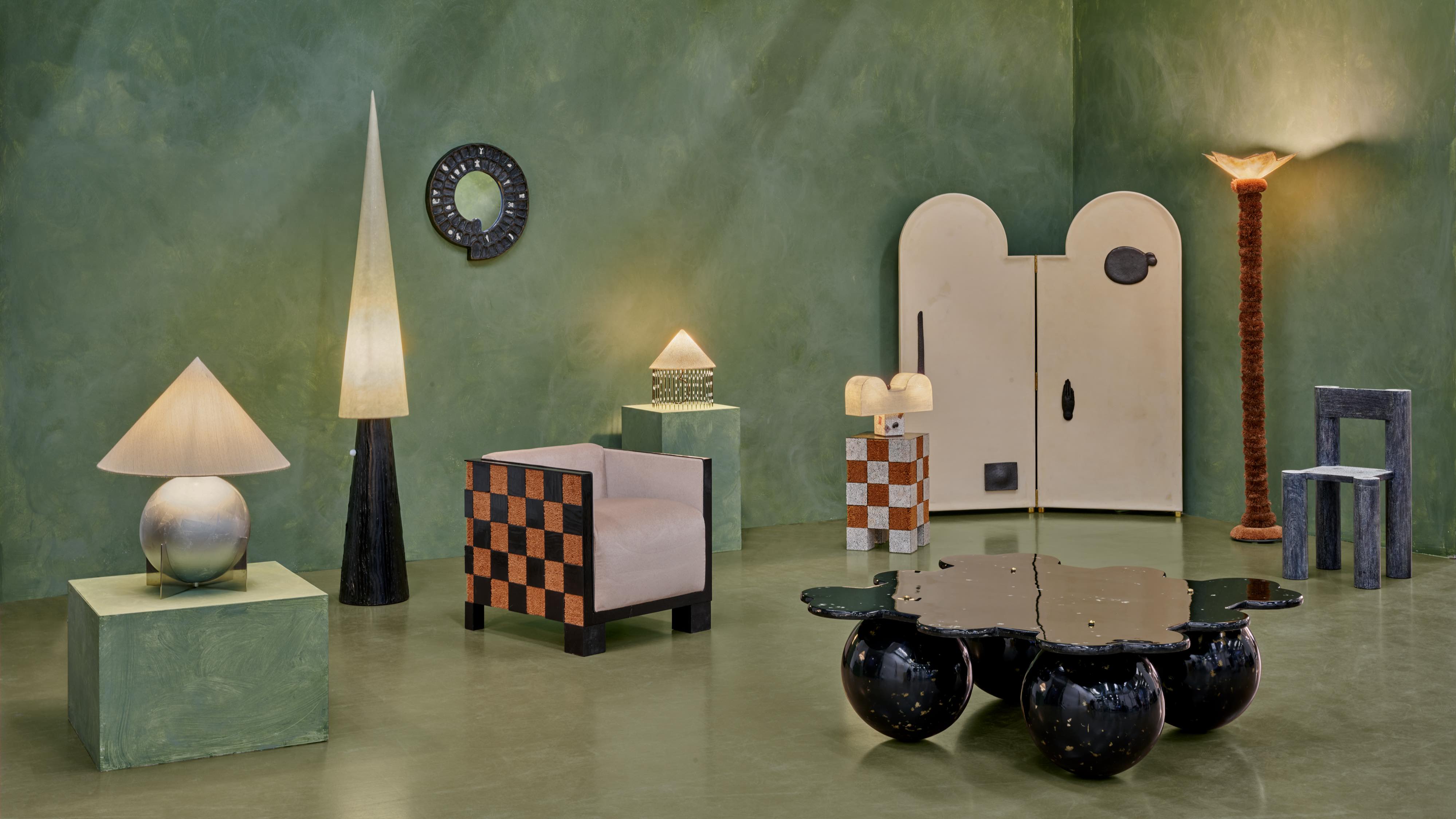 Postcard from Brussels: a maverick design scene has taken root in the Belgian capital
Postcard from Brussels: a maverick design scene has taken root in the Belgian capitalBrussels has emerged as one of the best places for creatives to live, operate and even sell. Wallpaper* paid a visit during the annual Collectible fair to see how it's coming into its own
By Adrian Madlener
-
 Move over, palazzos. Performances were the biggest trend at Milan Design Week
Move over, palazzos. Performances were the biggest trend at Milan Design WeekThis year, brands brought on the drama via immersive installations across the city
By Dan Howarth
-
 2025 Seoul Mobility Show report: all that's new and notable
2025 Seoul Mobility Show report: all that's new and notableOpened at a time of high national drama, the 2025 Seoul Mobility Show has gone on to underscore Korea’s place at the cutting edge of the auto industry. Guy Bird was there
By Guy Bird
-
 Lexus makes its mark on Milan Design Week 2025 with four new interactive installations
Lexus makes its mark on Milan Design Week 2025 with four new interactive installationsLexus’ annual installation at Milan Design Week focuses on human-centred technology and the role of data and design in shaping the luxury car of the future
By Jonathan Bell
-
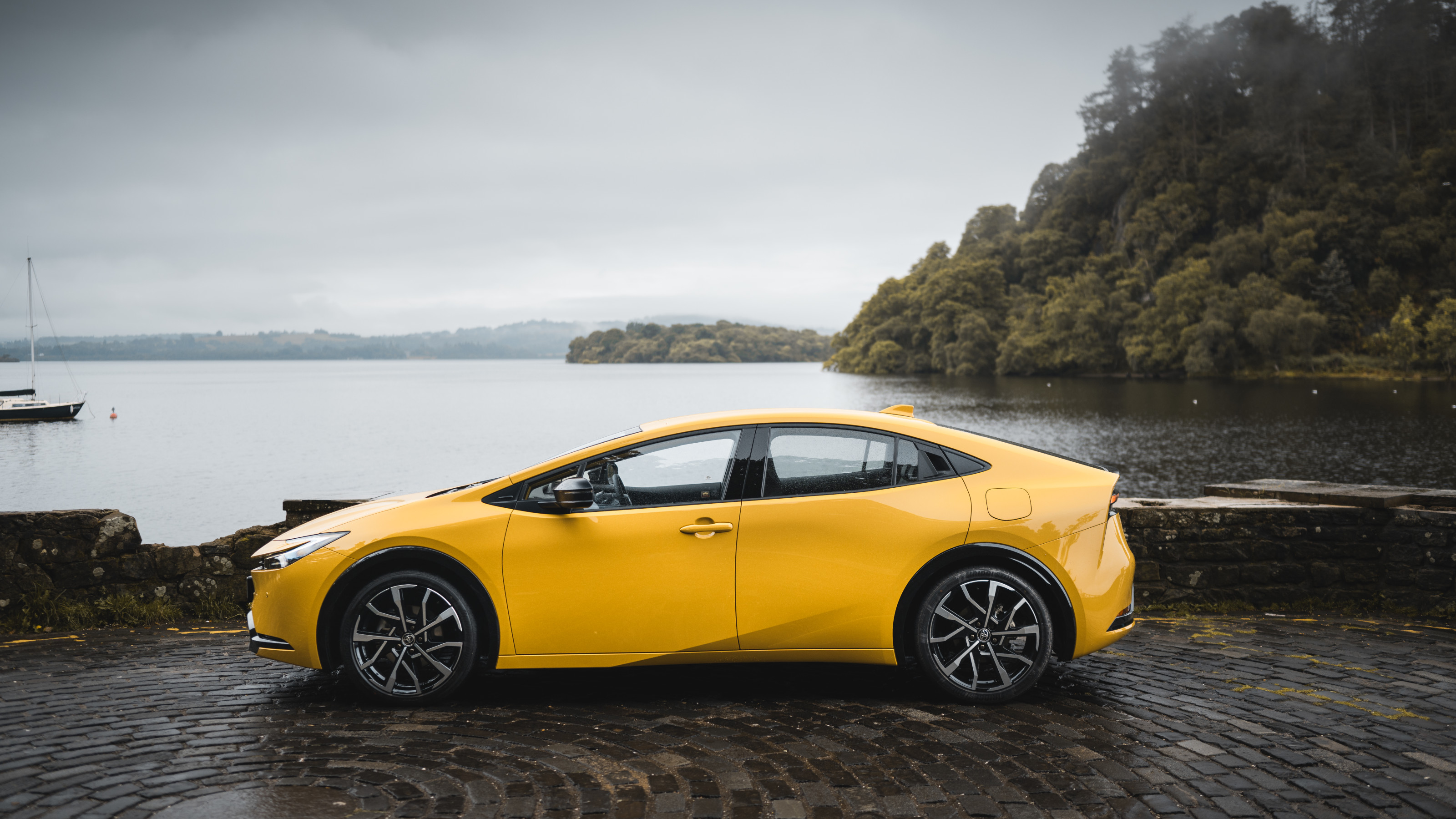 Why the Toyota Prius is the stealthiest and most discreet automotive choice you can make
Why the Toyota Prius is the stealthiest and most discreet automotive choice you can makeThe billions that Toyota poured into hybrid development has paid off. We sample the stylish fifth-generation Prius and reckon it’s the best yet
By Jonathan Bell
-
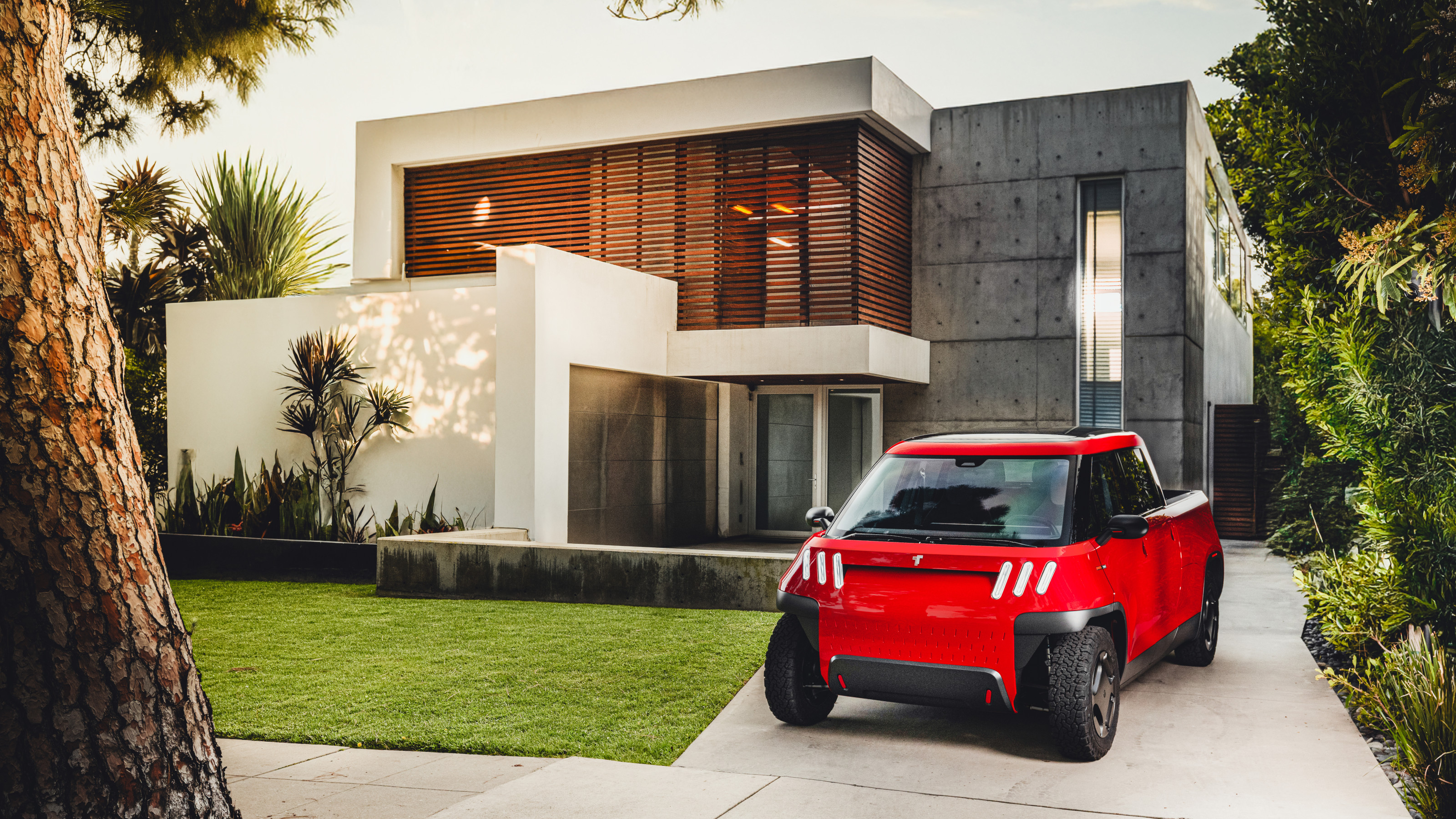 Meet the final drivable prototype of the Telo MT1 pickup truck, shaped by Fuseproject
Meet the final drivable prototype of the Telo MT1 pickup truck, shaped by FuseprojectThe Telo MT1 is a modestly scaled EV that turns the traditional all-American approach to pick-up truck design on its head
By Jonathan Bell
-
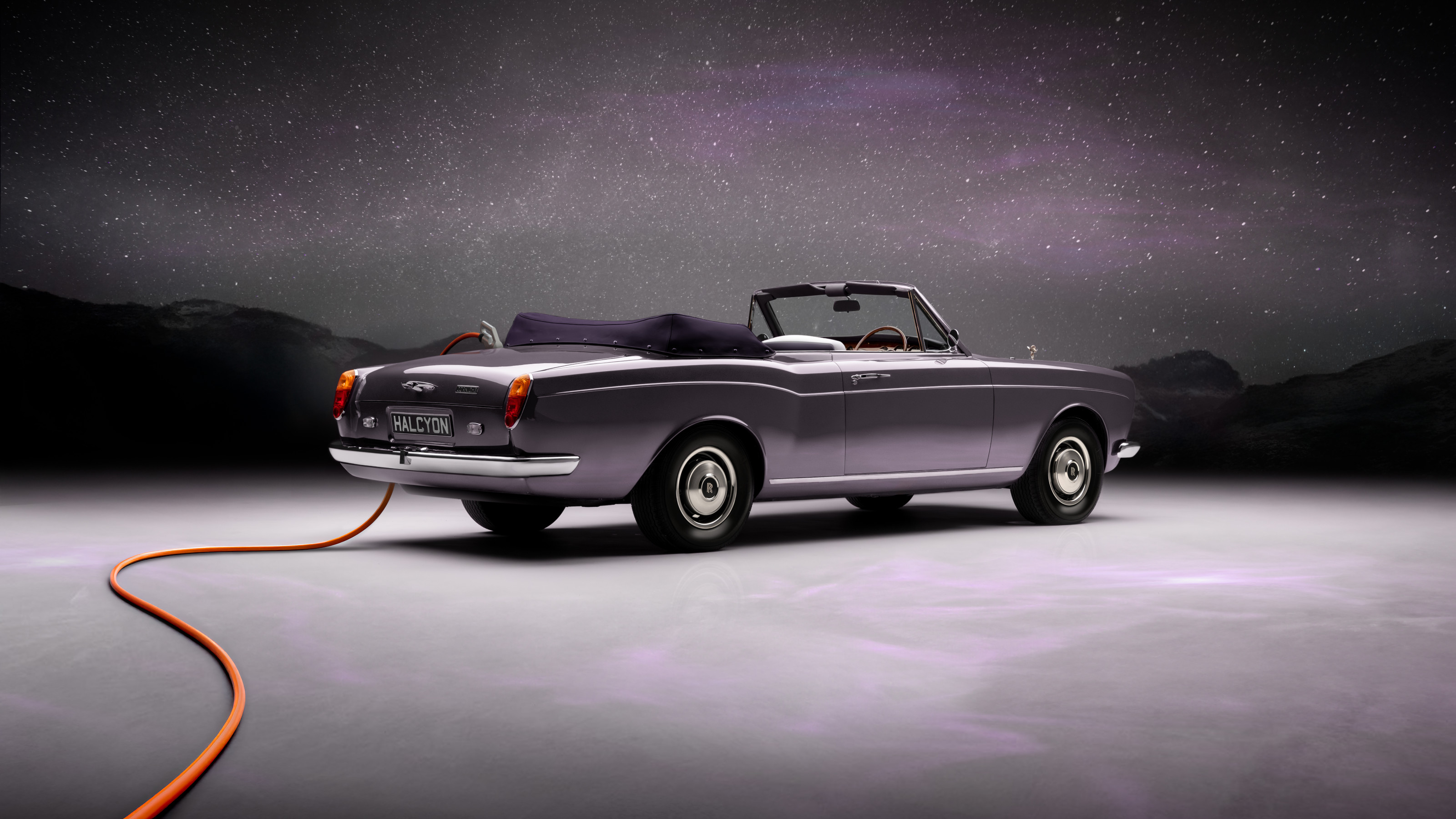 EV start-up Halcyon transforms a classic 1970s Rolls-Royce into a smooth electric operator
EV start-up Halcyon transforms a classic 1970s Rolls-Royce into a smooth electric operatorThis 1978 Rolls-Royce Corniche is the first fruit of a new electric restomod company, the Surrey-based Halcyon
By Jonathan Bell
-
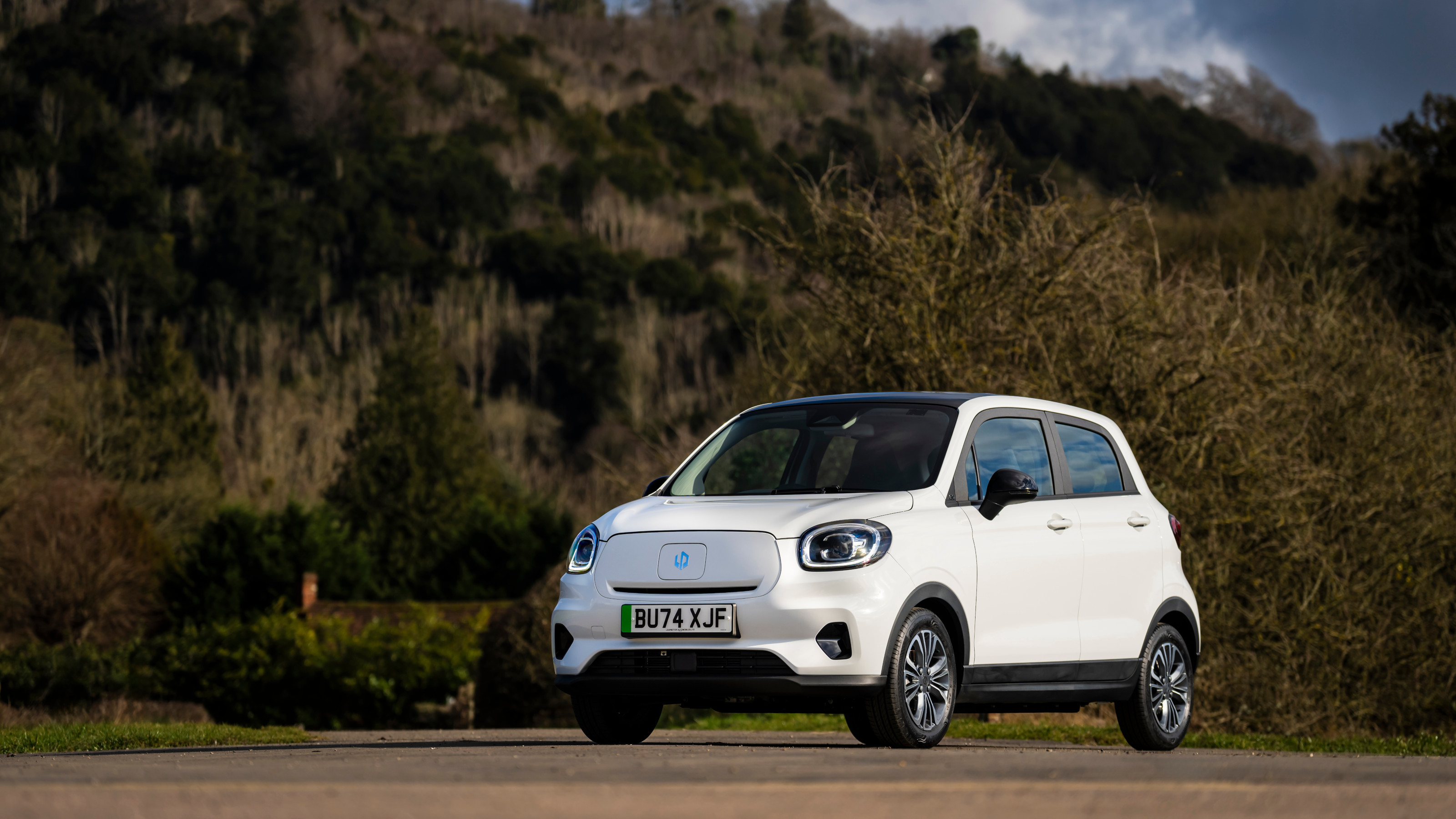 China’s Leapmotor pounces on the European car market with its T03 city car and C10 SUV
China’s Leapmotor pounces on the European car market with its T03 city car and C10 SUVLeapmotor’s tiny electric city car could be just the tonic for cramped urban Europe. We sample the T03 and its new sibling, the fully loaded C10 SUV, to see if the company’s value proposition stacks up
By Jonathan Bell
-
 Wallpaper* takes the wheel of the Bentley Blower Jnr for a rich automotive experience
Wallpaper* takes the wheel of the Bentley Blower Jnr for a rich automotive experienceHedley Studios has shrunk the mighty Bentley Blower into this all-electric, road-legal barnstormer. We take it to the streets of London
By Jonathan Bell
-
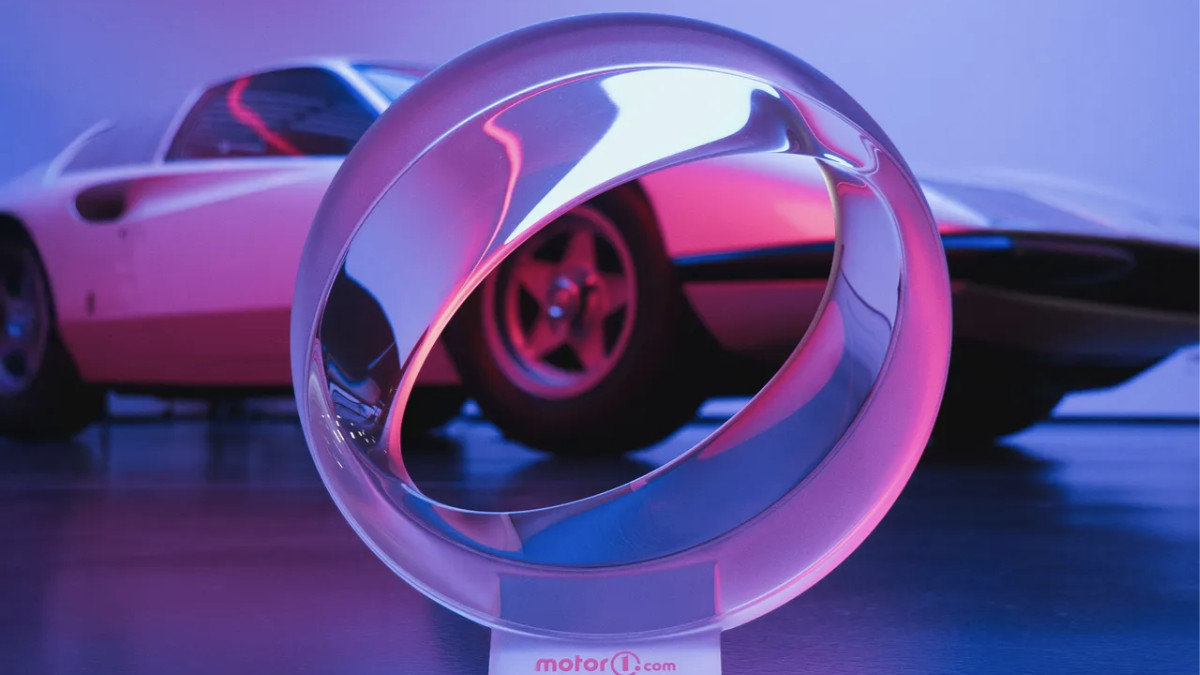 We are the world: Pininfarina’s ‘Orbis’ taps Papal support for an eco-friendly agenda
We are the world: Pininfarina’s ‘Orbis’ taps Papal support for an eco-friendly agendaThe Orbis is a ‘symbolic object’, a gift to Pope Francis from the Italian design agency at a time of political upheaval and social fracture around all aspects of sustainability
By Jonathan Bell